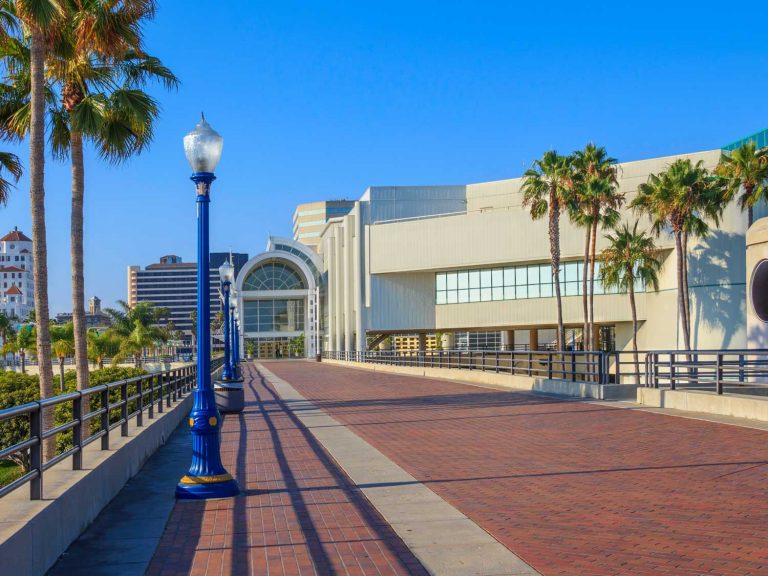
Date:
Making visibility a strategic tool
Now in its 22nd year, the annual TPM conference, in Long Beach California, considers the pressing supply chain and freight challenges affecting shippers globally. TPM attracts the most senior-level audience in the industry, including an executive team from Metro and is considered to be the ‘Davos’ of the shipping world.
Founded in 2001, TPM feature a rigorous program of topics and challenges, developed by specialised journalists covering international transportation and logistics.
TPM annually presents the industry’s most in-depth program, delving into the most pressing challenges affecting shippers and is a platform for a week of essential and intensive networking, negotiations, and relationship building among shippers, carriers, forwarders, technology providers, trucking operators, railroads, ports, terminals, and many other market participants.
Shippers who survived the pandemics’s supply chain disruptions did so by achieving visibility, but to improve their performance going forward, they must better manage the data they receive, participants in a TPM technology seminar agreed.
Supply chain visibility became a priority challenge for importers during the pandemic, because many over-ordered merchandise, to provide buffer stock, against freight and logistics disruptions.
With inventory held at origin, in containers, at transit points and warehouses throughout their networks, many shippers found they did not have the visibility they needed, at the locations where their inventory was being stored.
While shippers may believe that their technology provider’s single platform collects all the data needed to track shipments throughout the supply chain, the reality is that the critical data generators are usually the shipping lines, airlines, logistics operators and warehouses moving or storing their cargo and that data is not being collated in real-time.
Shippers learned over the past two years that they need an accurate view of their global supply chain, to overcome disruptions as they occur, using available information to make better, faster decisions and many technology providers were not up to the task.
Metro is increasing use of predictive and AI technology, to collate real-time carrier updates, to maintain accurate vessel ETA’s, data for purchase order management, route optimisation and supply chain visibility.
We are developing our telematics capability, to offer shippers a much more effective alternative to the data aggregators, who are quite simply compiling data from open APIs and screen scraping historic data. We favour the ‘smart container’ technology that a number of carriers are developing, and are actively involved with UN CEFACT in creating industry standards for sharing this data.
In addition to creating visibility along the supply chain, Metro’s technical solutions team have worked hard to ensure the quality of data and provide a suite of reporting tools that make it easier to interpret and implement actions in a meaningful way.
To learn more or to arrange a demo EMAIL Simon George, Technical Solutions Director.
